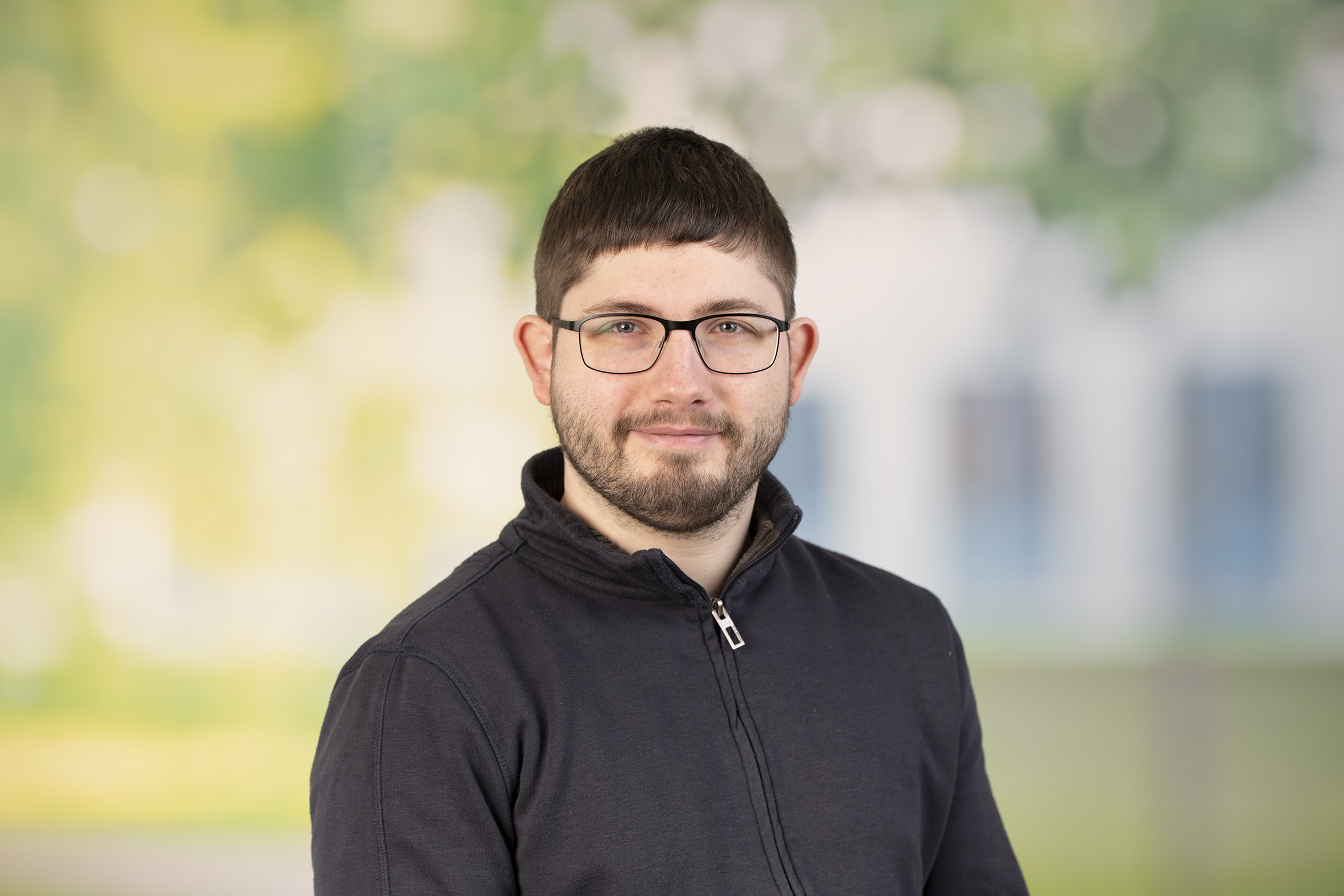Abstract
Mitochondria are widely known as the powerhouse of the cell and, thus, a vital membrane-bounded organelle. Besides its key function in energy metabolism, it is also involved in various other cell functions and pathways, like intracellular signaling, cell growth, and cell death. A double membrane shields a mitochondrion from the rest of the cell, with the inner membrane weaving through the whole organelle’s body, forming compartments. The membranes, the intermembrane space, and the so-called matrix, the space surrounded by the inner membrane, contain an abundance of proteins in varying densities, which form complexes that mediate the different processes in mitochondria. However, while functions and pathways (in health and disease) are still found, corresponding complexes must be discovered.
To probe protein complex formation in Mitochondria, we employ molecular dynamics simulations, in which the potentials governing the interactions are directly informed by data obtained via a cross-link mass spectrometer, including the number of links and abundance of protein type. The simulations include representations of proteins bound to the membranes and freely moving proteins from the inter-membrane and matrix domain approximating their natural environment. Different protein complexes form through several simulations on membranes and the soluble compartments. We will find that the known complexes are recovered while other new complexes make an appearance. The new complexes might then be experimentally identified, and other functions of Mitochondria might be explained.
